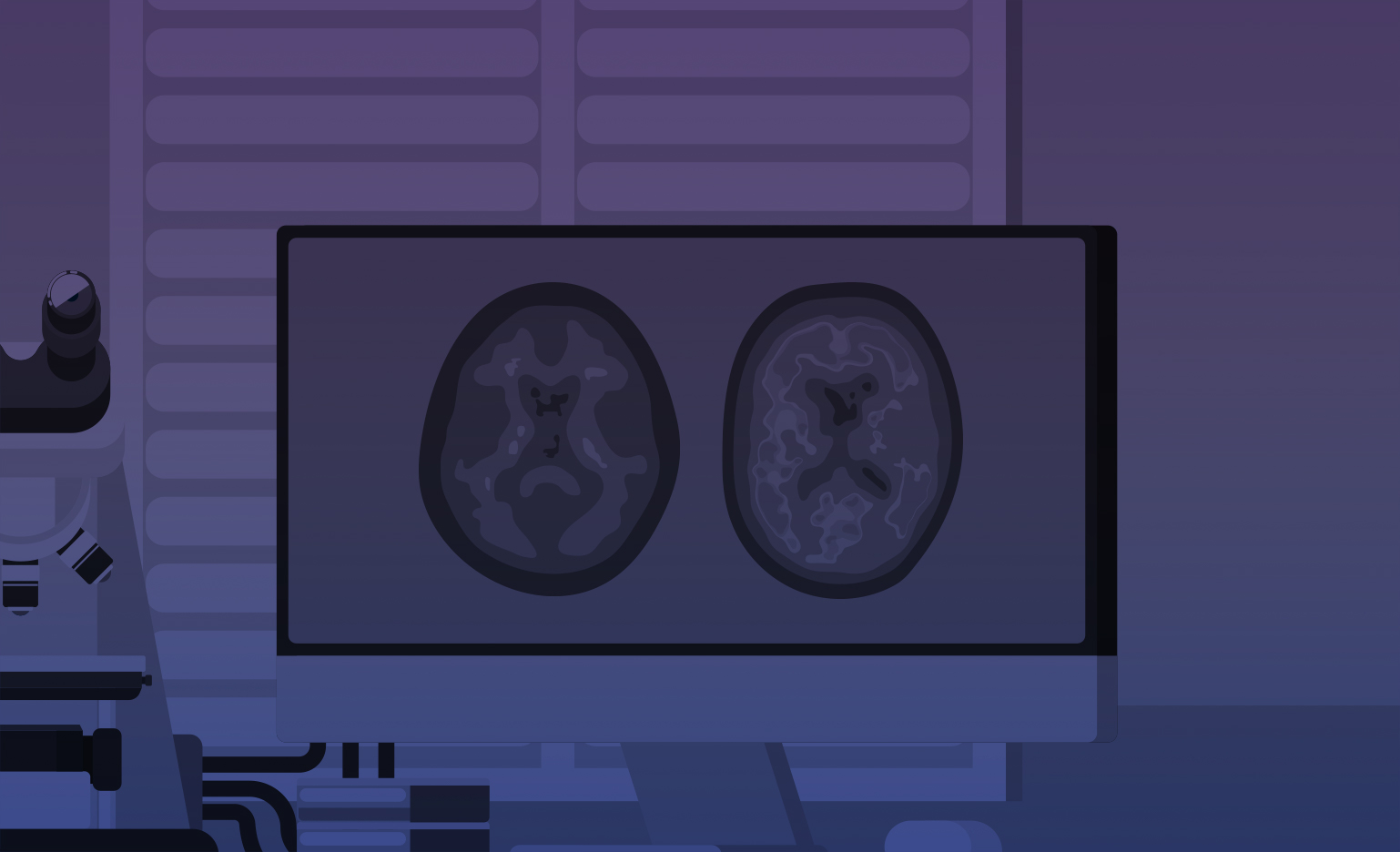The New York Stem Cell Foundation
The New York Stem Cell Foundation
Disease-Modeling Initiative for Alzheimer's Disease
Stem cell research holds the promise for one of the most challenging problems in studying human disease: the fact that by the time the disease is diagnosed, many of the events that led to it have already occurred, preventing scientists from understanding its precise origin. This problem encountered by scientists attempting to study disease is analogous to that faced by investigative teams trying to understand the cause of aircraft accidents before the advent of the "black box," when understanding the often subtle events that led to the incident was nearly impossible. The cell-based models of disease created in the NYSCF laboratory will serve as "flight data recorders" for the study of disease. Just as flight recorders allow the Federal Aviation Administration to replay air accidents over and over again to understand the underlying causes of a crash, these cell models will enable us to repeatedly replay the development of disease until it's fully understood. Scientific research has been further hampered by the inability to obtain adequate numbers of the actual type of cells needed for research in specific disease -- in the case of Alzheimer's, the cells of the brain. As a result, scientists have traditionally turned to the study of rodent models, which often poorly recapitulate human disease physiology. We believe that human embryonic stem cells carrying the genes for Alzheimer's disease will provide an accurate human cell-based model for this disease, overcoming these challenges. The ability of human embryonic stem cells to grow indefinitely in culture, while retaining the capacity to differentiate into all the cells of the body, will allow us to produce a limitless quantity of the actual human neurons that die in Alzheimer's. Because these neurons will carry the genes responsible for the disease, they may degenerate over time in the same way they would within the diseased brain. These cells thus will provide a renewable system for investigating the molecular and cellular events that underlie neurodegeneration.

